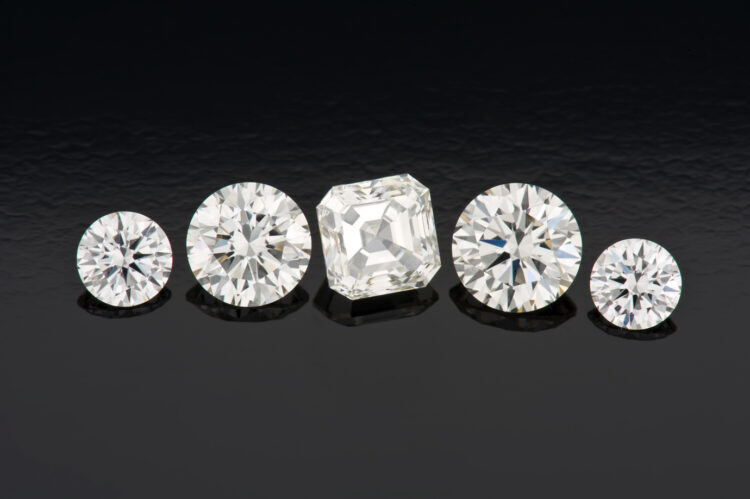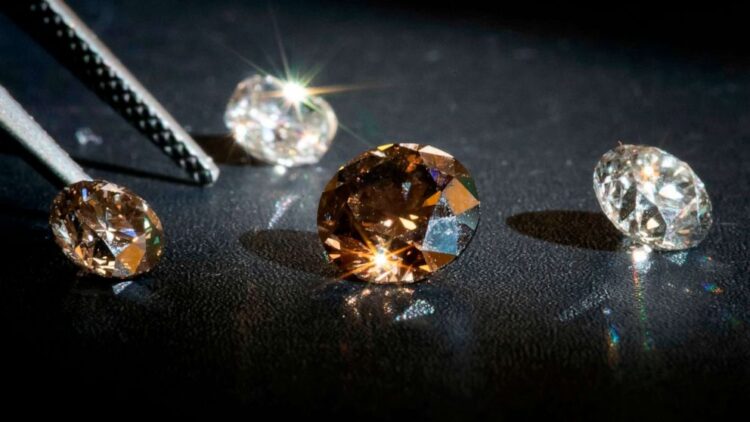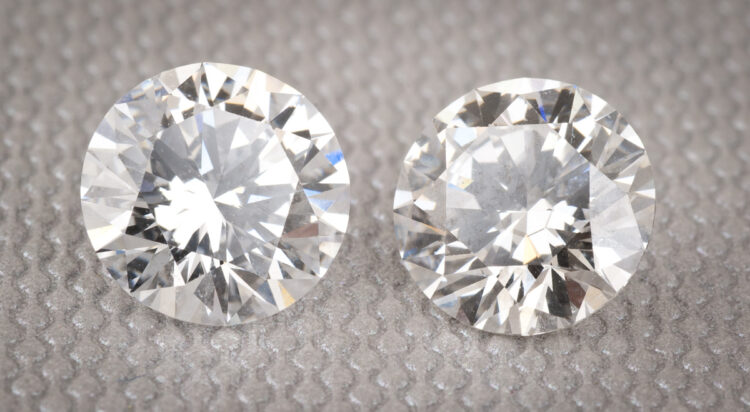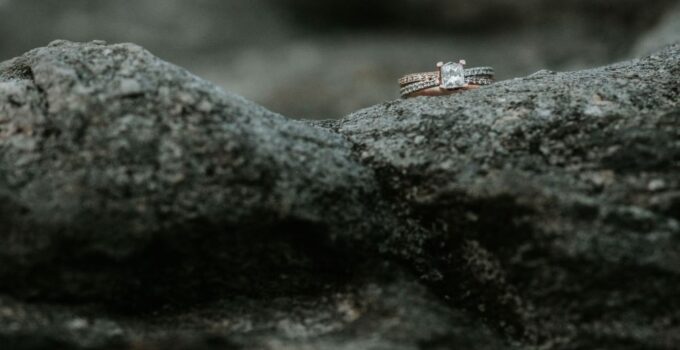You might have caught yourself thinking that now is the right time — that this is it. You’ve found the person you want to be with forever. If you are thinking about popping that special question, no doubt you’re wondering about the ring and how to afford it. Have you considered a lab grown diamond?
Lab grown diamonds are growing in popularity, but not very fast. There is still the stigma around the idea of a ‘real’ diamond and that nothing else could match. But are they right? There are a lot of people that swear up and down that lab grown diamonds are just as pretty, if not identical to naturally made diamonds. So we’re exploring this idea in this guide to the lab grown diamond and you can decide for yourself if it’s worth the dramatic drop in price.
Page Contents
What are lab grown diamonds?
If the name didn’t tip you off, we’re here to explain that lab grown diamonds are those that are not naturally occurring but are manufactured in a lab. Typically, diamonds have to be mined from the Earth’s graphite, around 150-200km below the Earth’s crust, but lab grown diamonds, also known as synthetic, artificial, cultivated, or cultured diamonds, are made in a lab. They are made from the same carbon atom structures, simply with a machine applying the necessary pressure and heat that Mother Nature would ordinarily take care of.
Is there a difference?

Source: 4cs.gia.edu
There are a few differences, most of which come down to how they are created. However, that does go a long way to the legacy of a diamond, therefore it can be very important to the buyer. A lab grown diamond can be better for the environment, but a real diamond is one of a kind, created by nature.
Financially, the ability to mass produce lab grown diamonds means there is more of a supply, and therefore less of a demand, due to the value of a diamond being its unique nature and scarcity. Rather than a unique gem made by Mother Earth over billions of years, the lab grown diamond can be created by man in a matter of weeks. This means a lower price, which can be good, but also no resale value, which is bad.
The value of lab grown diamonds is significantly lower. It means that, for one thing, supply and demand are pretty much one for one. If someone asks, the diamond can be made. Simple. Whereas a big part of a natural diamond’s value is its rarity. But it also means that you are saving a good chunk of money to get a diamond that looks essentially the same. Click here to see and compare for yourself.
How about aesthetically?
Let’s face it, a lot of that is secondary to the look of a diamond. They are called one of the most beautiful naturally occurring things in this world for a reason and if a lab grown diamond can’t match its beauty, there is no point entirely.

Source: abcnews.go.com
Well, it turns out even the pros agree that there is no discernible difference between a lab grown and a mined diamond. In fact, some websites go so far as to point out that both lab grown and mined diamonds are considered ‘real’ diamonds because they are both made up of the same chemical makeup and physical appearance. This means they emit the same colour when a light source hits it, there is the same clarity, and they both have the same sparkle.
The two even have the same types of flaws. Inclusions, as they’re known, are little imperfections that appear internally, and represent the diamond’s unique ‘fingerprint’.
Really the difference is the financial side. There isn’t a resale value to a lab grown diamond, but maybe that doesn’t matter if you’re intending to hand it down to your children. Maybe you see more value in spending that money on the wedding, or a new home, or maybe nothing can replace the real thing made by Mother Nature.
An additional upside
That might make you wince, assuming that the value of the diamond is lesser because it’s not as rare, but it also means that there is a level of personalisation to it. This is mainly seen in the color of the diamond. Fancy colored diamonds are sold at an inflated price due to the fact that they are much rarer — just take a look at how much this 11.15 carat pink diamond sold for at auction. If you go lab grown, you can request a lab grown colored diamond for a fraction of the price. Some professionals even say they are brighter. It means you can go into the jeweler with exactly what you want, including cut, carat, color, etc. and have your ring made especially for you.
This is the legacy of the lab grown diamond. The romance of the lab grown diamond is that it is unique in its own way. Natural diamonds are unique, moulded by nature, but lab grown diamonds are unique and made for you. It’s becoming an increasing trend to in fact propose with no ring, or go shopping around or talk about what ring you would like before hand. Wouldn’t it make the engagement particularly special if you not only got to pick out your ring, but you could say that every part of it was literally made for you? It would make a great story for your daughter when she’s wearing it on her wedding day, or your son to give to his great love.

Source: malloves.com
And of course, there are the other elements that are quite romantic about the lab grown diamond. It took no mining, so it’s considered seven times less harmful than naturally occurring diamonds. Maybe you don’t see the big deal with a ring and would rather invest in your future. There is a lot to love about a lab grown diamond ring that makes up for the loss in scarcity.
Conclusion
If even the professionals can’t tell the difference between a lab grown diamond and a naturally occurring mined diamond, the main reason not to go for one is eliminated. The many reasons to get you or your loved one a lab grown diamond cover its lessened impact on the environment, on your wallet, and the fact that they can create their own ring as they want it, so that they have something they can treasure forever.





